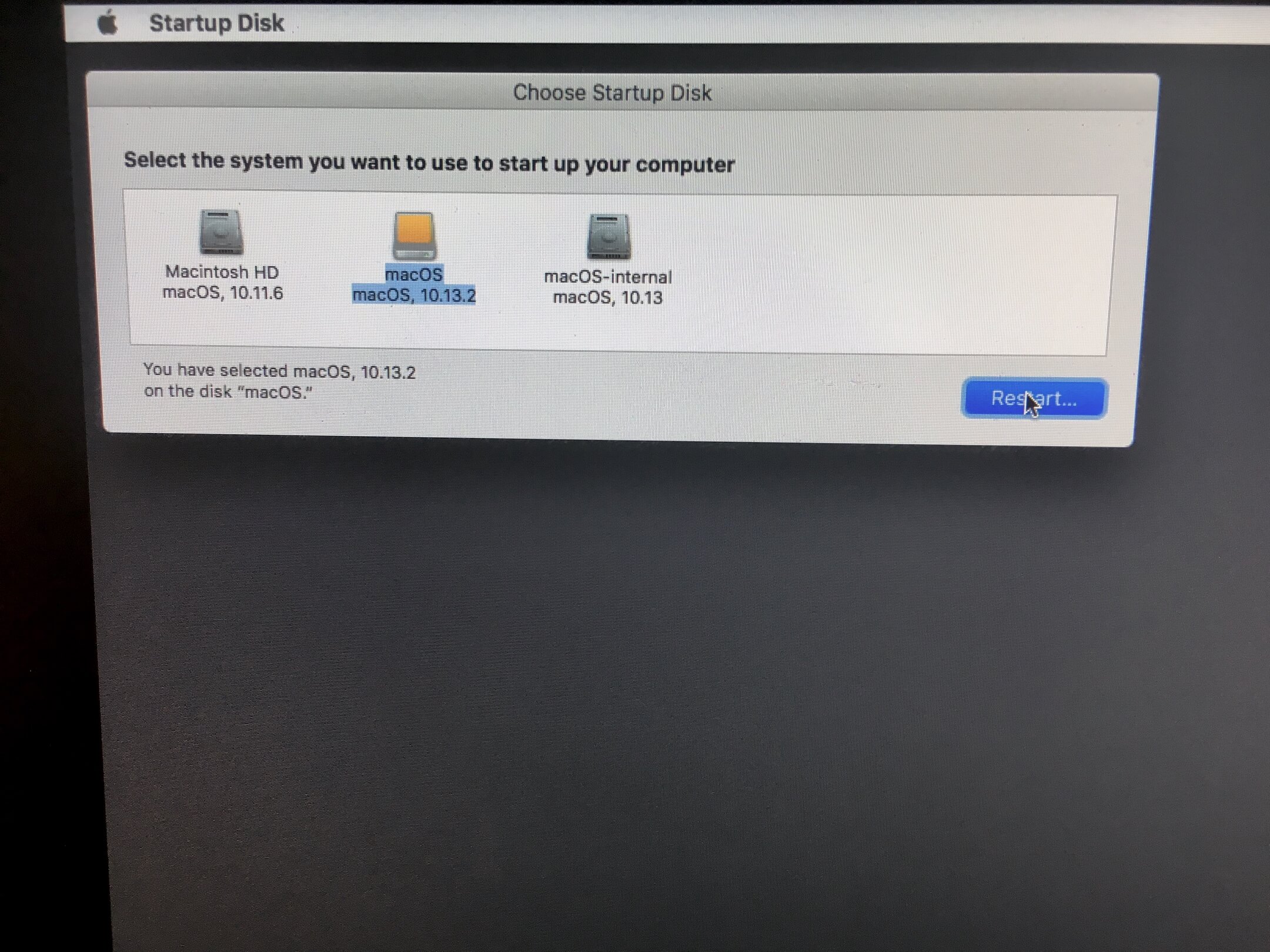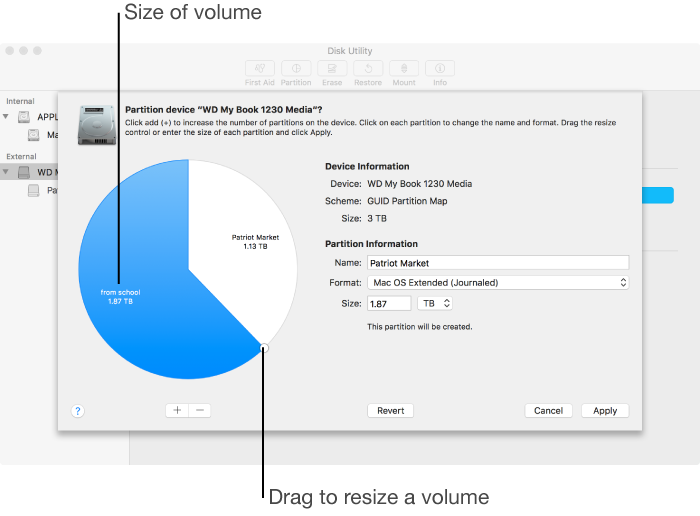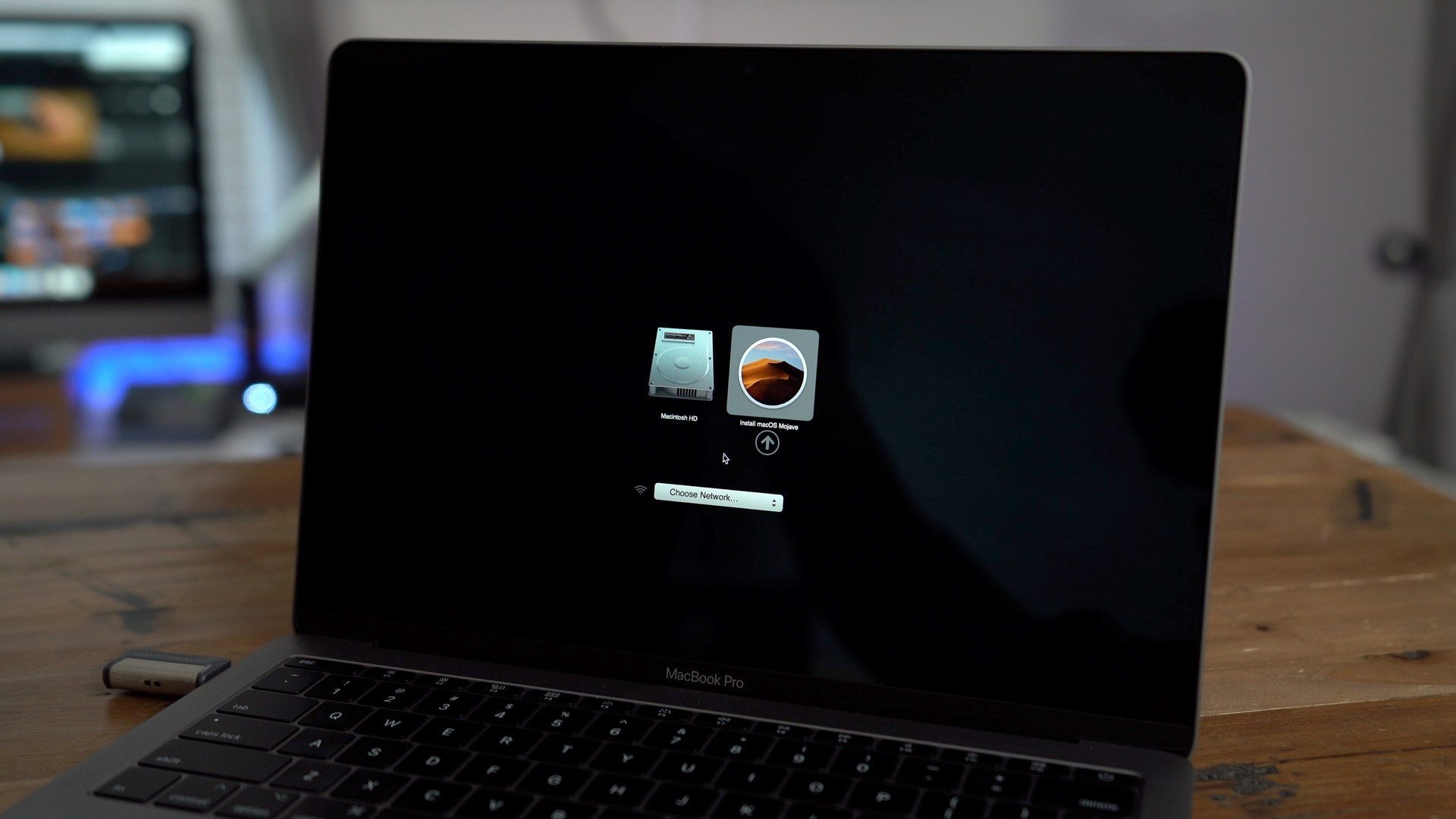

- CREATE RECOVERY MEDIA FOR MAC OS HIGH SIERRA MAC OS X
- CREATE RECOVERY MEDIA FOR MAC OS HIGH SIERRA MAC OSX
- CREATE RECOVERY MEDIA FOR MAC OS HIGH SIERRA INSTALL
- CREATE RECOVERY MEDIA FOR MAC OS HIGH SIERRA UPDATE
- CREATE RECOVERY MEDIA FOR MAC OS HIGH SIERRA PATCH
All keypads have tooltips that provide more information, such as the key codes that correspond to control keys.
CREATE RECOVERY MEDIA FOR MAC OS HIGH SIERRA INSTALL
) Double-click Install Adobe Acrobat Reader DC to start the installation.

Third party versions of Wine, such as Wineskin, Winebottler, and PlayOnMac, are not supported by WineHQ. Latest Automated Nightly Build OS X installer packages for 10. 13 (High Sierra) and is compatible with newer versions of macOSX through Catalina (10. There are two main types of extension in macOS: traditional kernel extensions, which have the extension. 15 or later, all your files and data are carefully reviewed to ensure they’re valid and authorized, undamaged, and in the correct locations. com -X -v And look for thespecific message: debug1: Requesting X11 forwarding with authentication spoofing.
CREATE RECOVERY MEDIA FOR MAC OS HIGH SIERRA UPDATE
As usual, this will be a free update for everyone with a compatible system. When you install the latest operating system from Recovery Mode, sometimes, your Mac will install an older operating system, depending on the version that shipped with your Mac iun the first place. Now you should have temporary access, so you should be able to drag it into the Finder favorites if you want to access it again.
CREATE RECOVERY MEDIA FOR MAC OS HIGH SIERRA MAC OS X
This directory contains binaries for a base distribution and packages to run on Mac OS X (release 10. Many thanks for getting back regarding this issue. Le plus simple est de taper Pomme-F dans le finder et d'entre X11 dans la boite de recherche de la fenêtre qui s'ouvre.
CREATE RECOVERY MEDIA FOR MAC OS HIGH SIERRA MAC OSX
Generate SSH Private and Public Keys in macOS Big Sur Ma2 Comments This guide goes through setting up SSH keys on macOS Big Sur 11 and olfer macos’es back to Mac OSX 10.Well, I couldn’t leave enough alone, so I made the script a bit more generic so I could reuse it and change variables…. volume /Volumes/HighSierra -applicationpath. Install\ macOS\ High\ Sierra.app/Contents/Resources/createinstallmedia \ Hdiutil attach /private/tmp/Install\ macOS\ High\ Sierra.app/Contents/SharedSupport/BaseSystem.dmgĬp -Rp /Volumes/OS\ X\ Base\ System/Install\ macOS\ High\ Sierra.app /private/tmp/installertmpĬp -Rp /private/tmp/Install\ macOS\ High\ Sierra.app/Contents/SharedSupport /private/tmp/installertmp/Install\ macOS\ High\ Sierra.app/Contents Also note the use of “\” on the end of the commands below allows you to copy and paste the entire command as one command line even though it appears to be multiple lines.Ĭp -Rp Install\ macOS\ High\ Sierra.app /private/tmp The use of “sudo” (required) will ask you for your password. If you have yours in a different location, update the script accordingly. In the example below, I have the “Install macOS High Sierra.app” in /Applications (where the App Store would put it back in the day, when it was available to download).

This will be reformatted by the script, so the only important thing is the case-senstive name must match the script. The solution to this is twofold: Create a bootable High Sierra installation USB media, and secondly to address updating the recovery partition (another post)įollowing instructions posted on another site for installing High Sierra Beta, I modified the instructions to point to the non-beta name for the installation app, and updated it to reflect using a temporary location for the Installation app (in my case, I moved it to /Volumes/Data from my Synology NAS as a local working directory)įirst, create a blank HFS+ formatted USB stick called “HighSierra” (the name must match the name referred to in the example script shown below).
CREATE RECOVERY MEDIA FOR MAC OS HIGH SIERRA PATCH
So you can see, if I wipe this old laptop again, there’s a long way to get it to the most current OS and patch level. Well, one can’t run the High Sierra installation from Lion, the required steps are install Lion -> install Sierra -> install High Sierra. Internet recovery brought it all the way back to Lion! I had run Ubuntu on it for a while, and wanted to go back to macOS, but there was no recovery partition. It’s a mid-2011 MacBook Air, and the most recent OS it can run is High Sierra. I have an older laptop at home that I use as a backup. Well, these days it’s usually easier to just use a USB stick to get the job done. In a previous post, I discussed c reating a macOS High Sierra installation ISO.


 0 kommentar(er)
0 kommentar(er)
